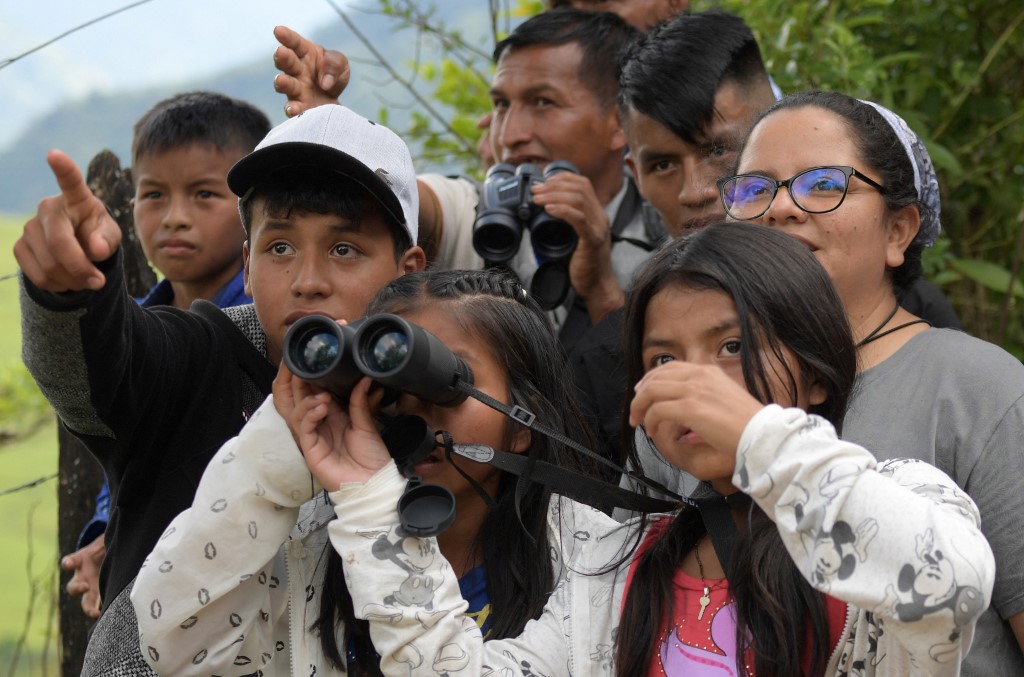
by Hervé BAR
Agence France-Presse
PLANADAS, Colombia (AFP) – As a bird perches on a telegraph pole, two young girls are deep in consultation — is it “Tiranus melancholicus,” or perhaps “Pyrocephalus rubinus?”
The answer is “rubinus,” a sparrow with a bright red breast.
In the center of Colombia, among the leafy mountains of Planadas, this ornithological debate by indigenous children might seem surprising.
With their eyes scanning the mountain, around 30 people, adults and children, are taking part in a day of bird watching.
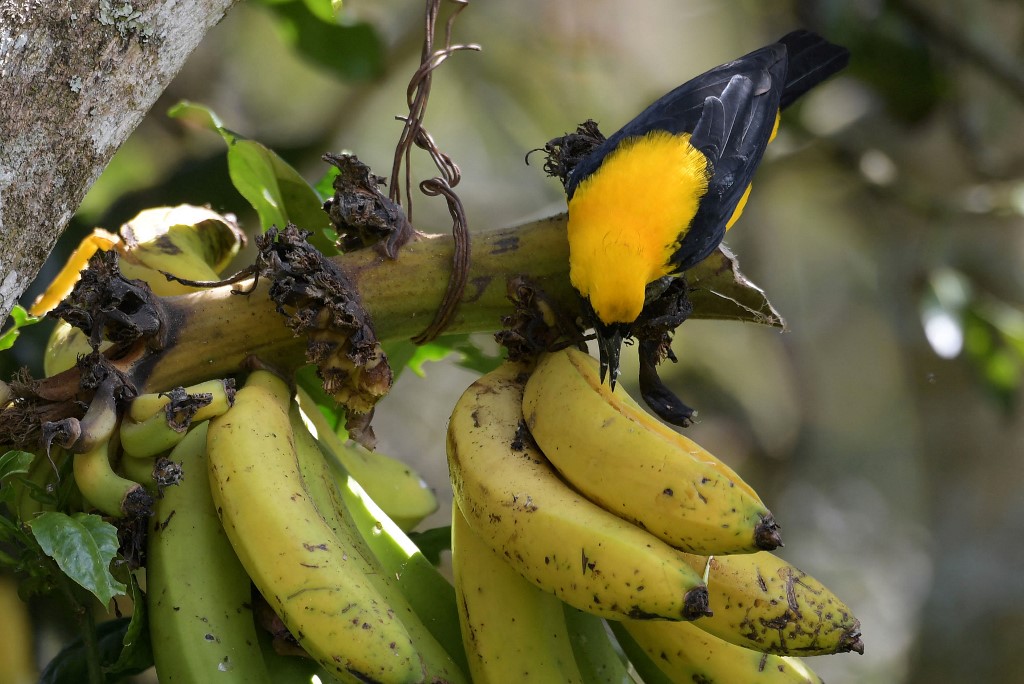
The initiative aims to promote peace in Tolima, a department ravaged by the war waged by the Marxist Revolutionary Armed Forces of Colombia (FARC) for a half century against the state.
Five years after an historic peace deal brought that conflict to an end, Planadas has rediscovered calm, although some war scars remain.
“The birds are an excuse for us to mix,” said Camilo Enciso, founder of the ASOPEP association for ecological producers in Planadas, which promotes the bird watching project.
Among those present are the children of former FARC guerrillas, whose parents live in a “reincorporation” camp helping them adapt back to civilian life.
There are also members of the Nasa indigenous community that long served as auxiliaries to the army, and peasant families that suffered the brunt of the conflict’s violence.
At peace with nature
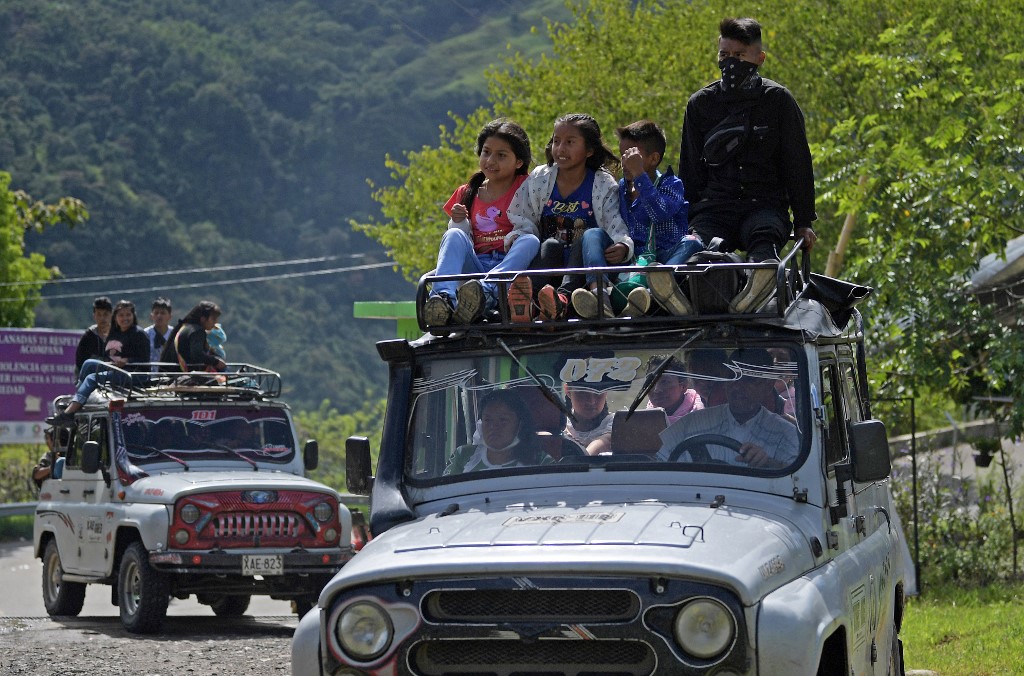
At the start of the day, people greet each other, but mix little. Then the walk begins and everyone’s gaze drifts skywards.
Colorful birds perched on branches soon capture everyone’s attention, sparking discussions and warming hearts.
“What happens here is unique,” said Diego Calderon, an ornithologist who has come to support the project.
“Being at peace with nature helps us to be at peace with ourselves and others,” added Calderon, a FARC hostage in 2004.
“Watching birds allows inhabitants to see their territory differently, all the while promoting its ecological and tourist value.”
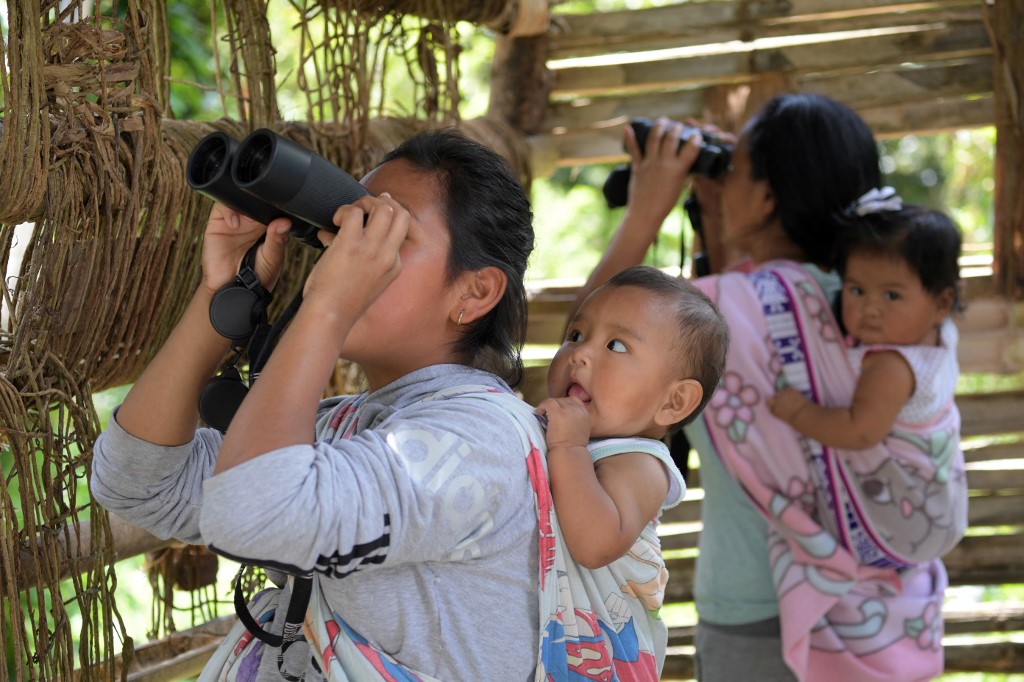
“Before I killed humming birds with my blowpipe to eat. Now I look at them with my children who learn about the richness of our gardens and forests,” said Justiniano Paya, a Nasa leader.
Neira, a 32-year-old mother of two and former FARC member, admits to having “difficulties” adapting to civilian life but says this “experience is very gratifying.”
“Birds connect us, they teach us to protect what we have here,” she added.
“Reconciliation is being built step by step,” said Mayra Luz Ruiz Nedira, a project manager at ASOPEP.
Coffee cooperative
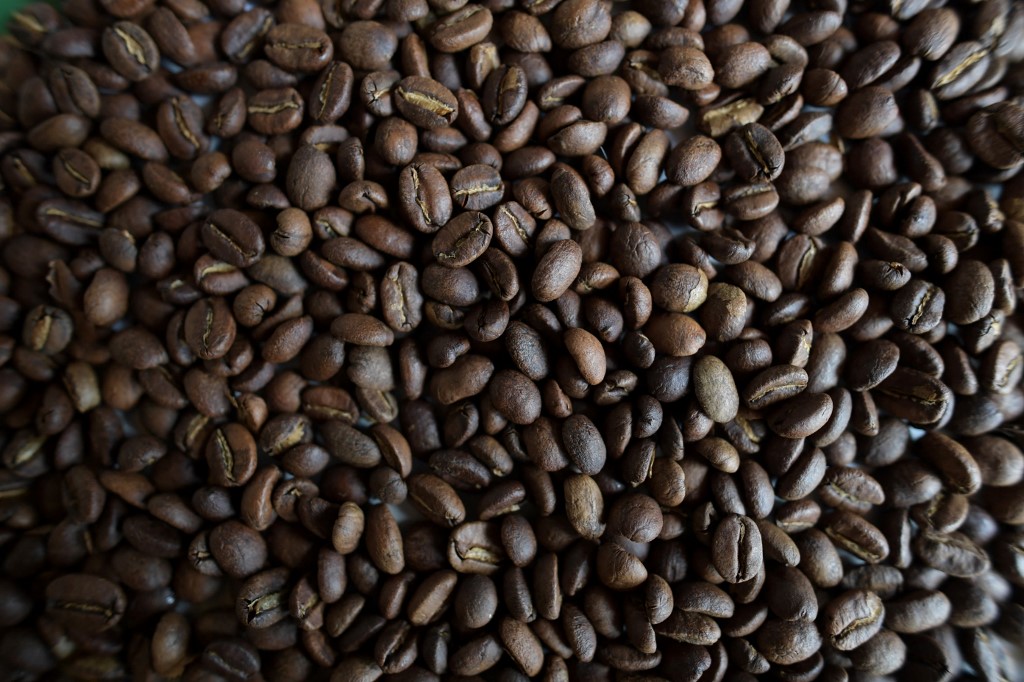
ASOPOP is working on another project to bring value to a region that was for a long time inaccessible due to the conflict: coffee.
Everywhere in the valley, coffee crops cling to the mountain slopes.
The climate — oscillating between sunshine and heavy rain — in this Andean cordillera is ideal.
With market prices at record levels, coffee has contributed to bringing prosperity.
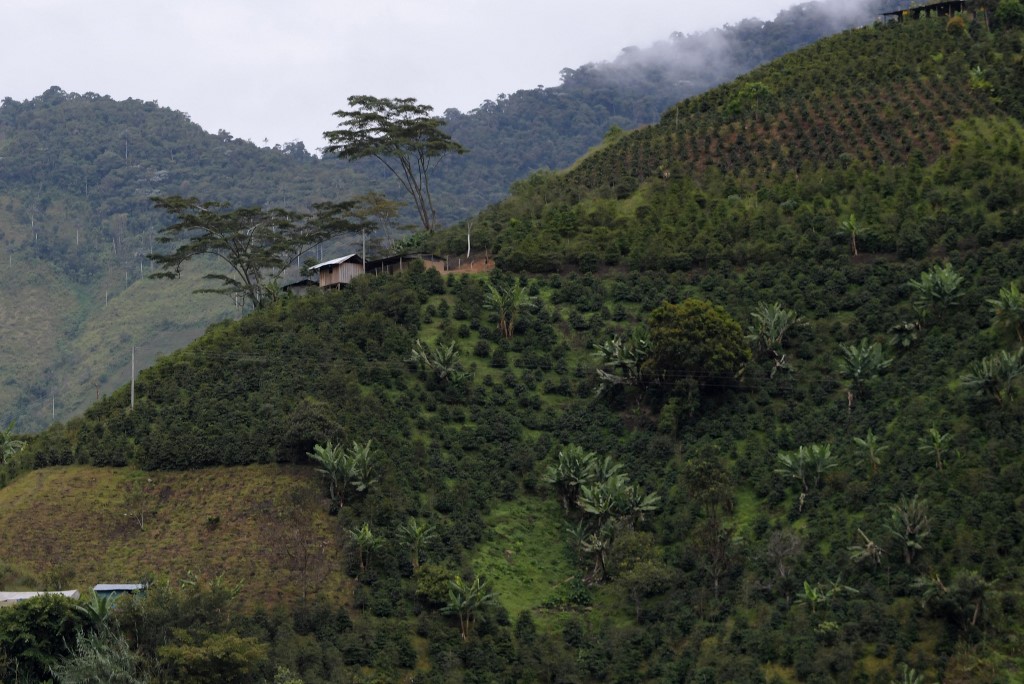
More than 6,000 families in Planadas live off coffee. A cooperative model sees ASOPEP buying the high-quality commodity from its 300 members to then resell to 50 clients based in Europe, Asia and the United States.
“The idea is to provide knowledge as much as technical assistance to the producer, so that he can understand the true value of his coffee, in what country it is sold and at what price. And in the end he receives genuine revenues,” said Enciso.
The association looks after every part of the process: selection, drying, roasting, and the crucial tasting element that allows them to classify the grains and thus set the right price for the right customer.

The association has already trained 25 tasters, including 19-year-old Vanessa Castro, who can now detect flavors, fragrances and even degrees of acidity from a single whiff.
“We understood the importance of processing and valorising our coffee,” said Enciso, who beams with pride at the eight international certificates the group has received.
“Here there is a future. The war has disappeared, there’s work, resources, nature … We’ve started living and producing together again. We’re united.”
© Agence France-Presse








